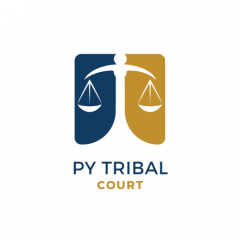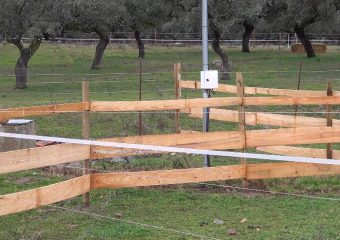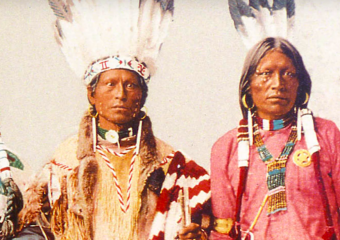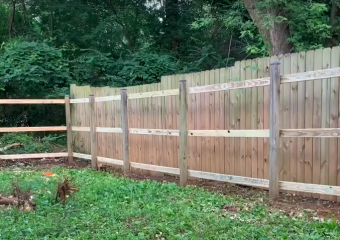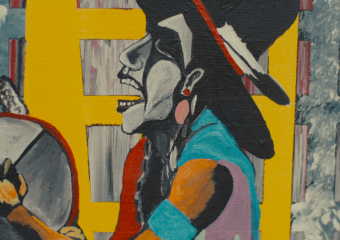The purpose of the earliest fences erected in Virginia was to restrict the movement of domestic animals.
Before European colonialism, Native Americans only constructed palisade-enclosed fortifications around their villages. Those barriers were intended to slow down possible attackers and maybe keep out wild animals that would plunder the town’s food supplies.
There was no need for fencing among the Algonquian, Siouan, and Iroquoian-speaking tribes because they did not have domesticated animals or birds. Before European settlers arrived, Native Americans in Virginia exclusively kept domesticated dogs in their communities.
Hernando de Soto, a Spanish explorer, introduced horses and pigs to what is now North Carolina in 1540, but it appears that the Jesuits, who arrived in Virginia in 1570 to create the first European settlement, did not bring any animals with them. The earliest fences to control poultry and livestock in North America were built by the Spanish colonies in Florida, Georgia, and South Carolina after they imported domesticated animals.
The colonists who settled at Jamestown brought the first domesticated chickens, ducks, geese, cattle, sheep, pigs, and horses to Virginia. The first horses arrived in 1609, but they did not survive the winter of 1609–1610, known as the Starving Time.
Animals …
